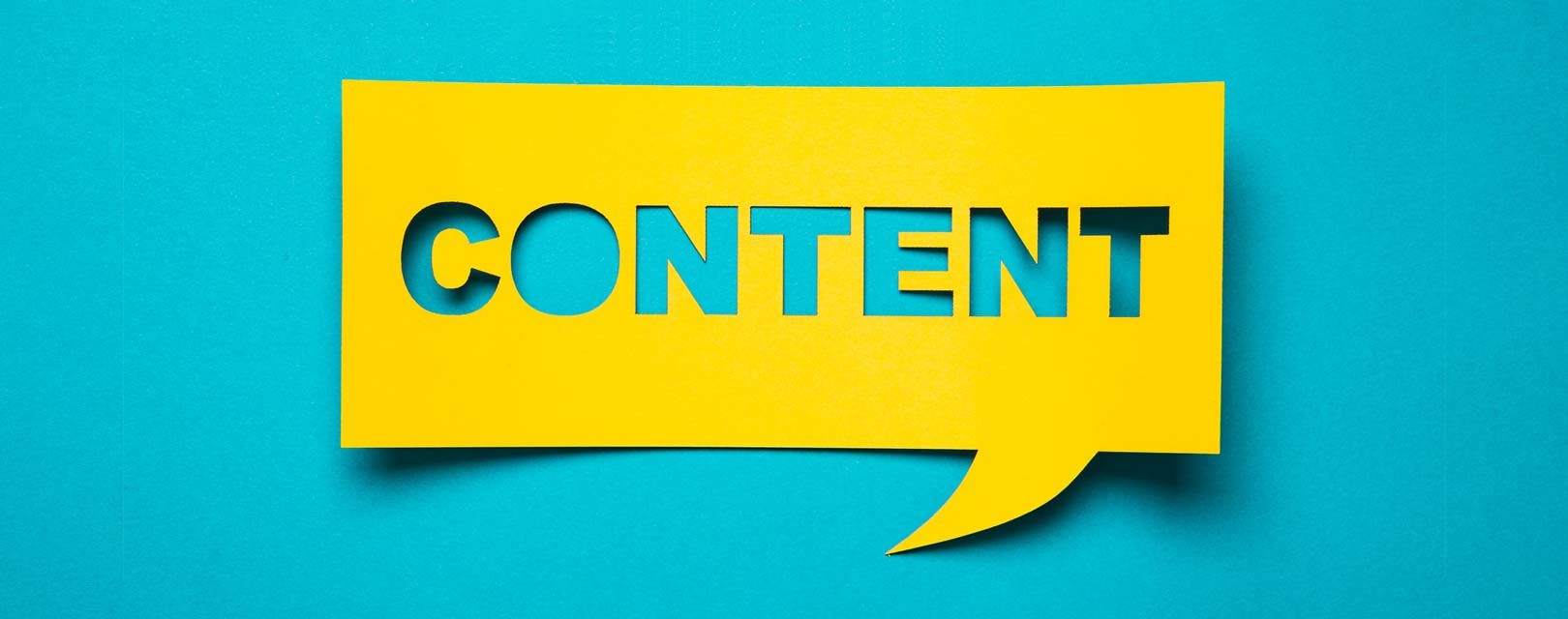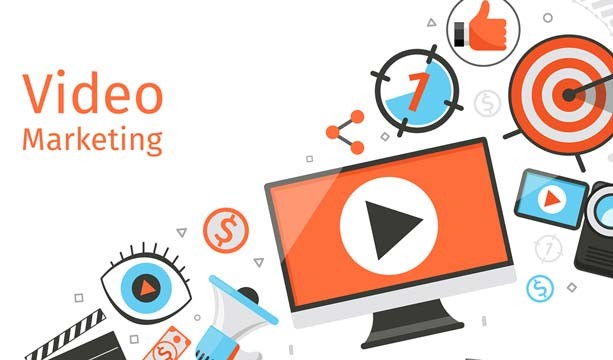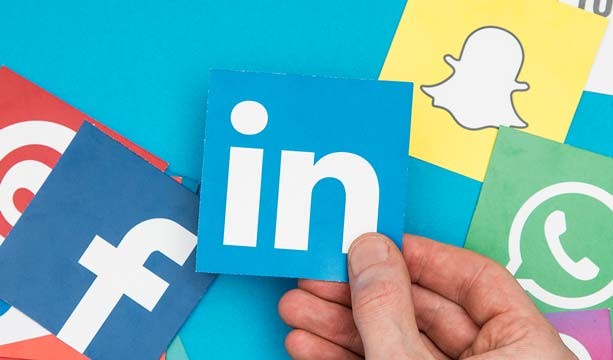One of the biggest challenges marketers face today is planning. With more marketing channels than ever, maintaining your content delivery schedule has become an entire task of its own. That’s why we use an editorial calendar to stay organized, on-task, and deadline-oriented. Here are some of the benefits of using an editorial calendar.
What is an Editorial Calendar?
An editorial calendar is a calendar that outlines the scheduling and execution of all content marketing activity for a business. It is a means of staying true to the thematic elements and messaging you wish to communicate through your content marketing efforts. Editorial planning allows you to take a step back, set your larger communications framework and messaging goals on a macro level, and then establish the strategy by which you plan to achieve those goals through your content on a micro level.
Key Components and Processes
We use a three-pronged approach to our editorial planning process: Establishing a Strategic Plan, Macro Editorial Planning, and Micro Editorial Planning. Let’s take a closer look at each one.
Establishing a Strategic Plan
The first part of our approach is establishing an overarching theme we’d like to convey via our content and setting realistic goals for how we’d like to get there. Here are some key questions you should be asking during this phase:
- What is the message we want to convey from our content? This is the most important aspect to consider when you’re coming up with a strategic plan. You need to consider how your business will be perceived by the individuals who are receiving and consuming your message. In this stage, your goal should be to establish an overarching theme that will guide the rest of your content marketing actions.
- What goals do we wish to achieve through the overarching theme? Now that you’ve decided on a message, the focus needs to shift to the goals you’d like to achieve by promoting that message. Is it brand recognition? Gaining more followers on social media platforms? Driving more traffic to your website? Improving your conversion ratio? Whatever the goal (or goals) may be, they need to be established during this phase.
- What channels will get us closest to our goals? Consider the best channels by which you want to deliver your message. Depending on what your goal is, that choice is varied. If your goal is to target a younger audience, social media is the way to go. If your goal is to educate your consumers about your product, a product demonstration video on YouTube is probably your best bet. Having a keen understanding of your goals is crucial to making informed decisions about your method of message delivery.
- What is our channel-specific budget?
Now that you’ve figured out your theme, your goals, and your channel for delivery, you need to consider what portion of your marketing spend should be dedicated to the content portion of the campaign.
Macro Editorial Planning
This phase of the process requires taking a deeper dive into how you wish to unfold your messaging framework. Here are some key actions to take into account while you’re in phase 2:
- Coming up with Different Post Types. This is where you establish your prototypes / models for the various content posts you plan on doing. You’re essentially creating categories that the different types of posts fall under. For example, you may have 4 different post prototypes: Educational Posts, Customer Testimonials, Product Reviews, and Industry Current Events Posts.
- Frequency of Posting. You don’t want to go overkill on your posting but you also don’t want to lose traction with your target audience. Determining how often you want to post via your chosen channels and the frequency you post your various post types is essential to an optimized editorial calendar.
- Establishing a Monthly Blueprint. Now that you know what you’ll be posting and when you’ll be posting it, it’s time to construct a rough monthly blueprint to serve as a general outline when developing a schedule for a specific month.
Micro Editorial Planning
Phase 3 is where the rubber hits the road – this is the point in which you’ve established a guideline for your monthly posting schedule on a macro level. In this phase, your micro editorial calendar becomes the actualization of your macro posting architecture. In an ideal world, your macro architecture will guide your micro calendar over a longer view. More specifically, your macro architecture should encompass a 3-6 month posting window and your micro calendar should be centered around a more focused 4-6 week window.
Digital Asset Organization
Most editorial calendar tools include an asset collection dump library. Any marketer knows how much time gets wasted looking for a certain image or design concept, and having a singular place to store, organize, and catalog all of your digital assets is a huge help. Doing so will save you a lot of time in the short and long term.
Time Is of the Essence
Planning out a social media posting strategy is time-consuming, much more time-consuming than most people think. Keeping track of what gets posted when, what content has already been posted, and when the next piece of content will be posted is challenging without a tool to pre-schedule everything. You’re guaranteed to save a lot of time by utilizing a scheduling tool that keeps all of your posts in one place.
Evergreen Content Storage
Evergreen content is content that will always stay the same, regardless of the year or exterior factors. Events such as Christmas and the 4th of July are consistent and do not require a lot of change from year to year. Having a record of posts for events like those can assist save you a lot of time the next time you have to post about them. All you need to do is take the previous year’s copy (conveniently stored in your editorial calendar), make a few tweaks to it, change the media or image associated with it, and you have a low-effort, low-cost post ready to go.
Editorial planning and editorial calendars are useful tools for staying theme-focused and goal-oriented. The benefits of a well-organized messaging framework coupled with a long- and short-term posting itinerary will go a long way in terms of staying ahead of your content strategy game.
Did we miss anything about editorial calendars? Having a tough time establishing editorial planning methodology? Let’s talk. Feel free to contact our team at MA1440.
MA1440 is a marketing consulting and digital agency located in Glenview, IL – serving small and mid-sized businesses locally and nationally.








